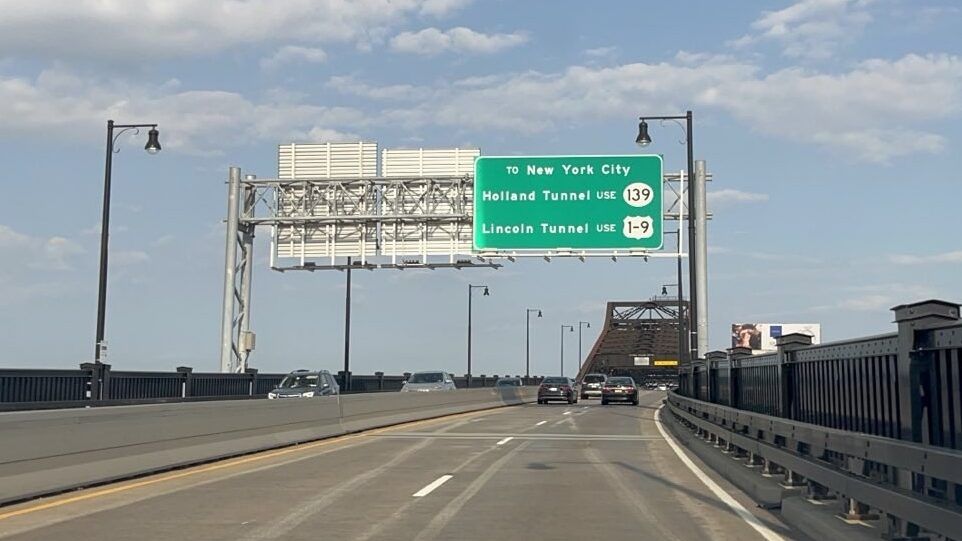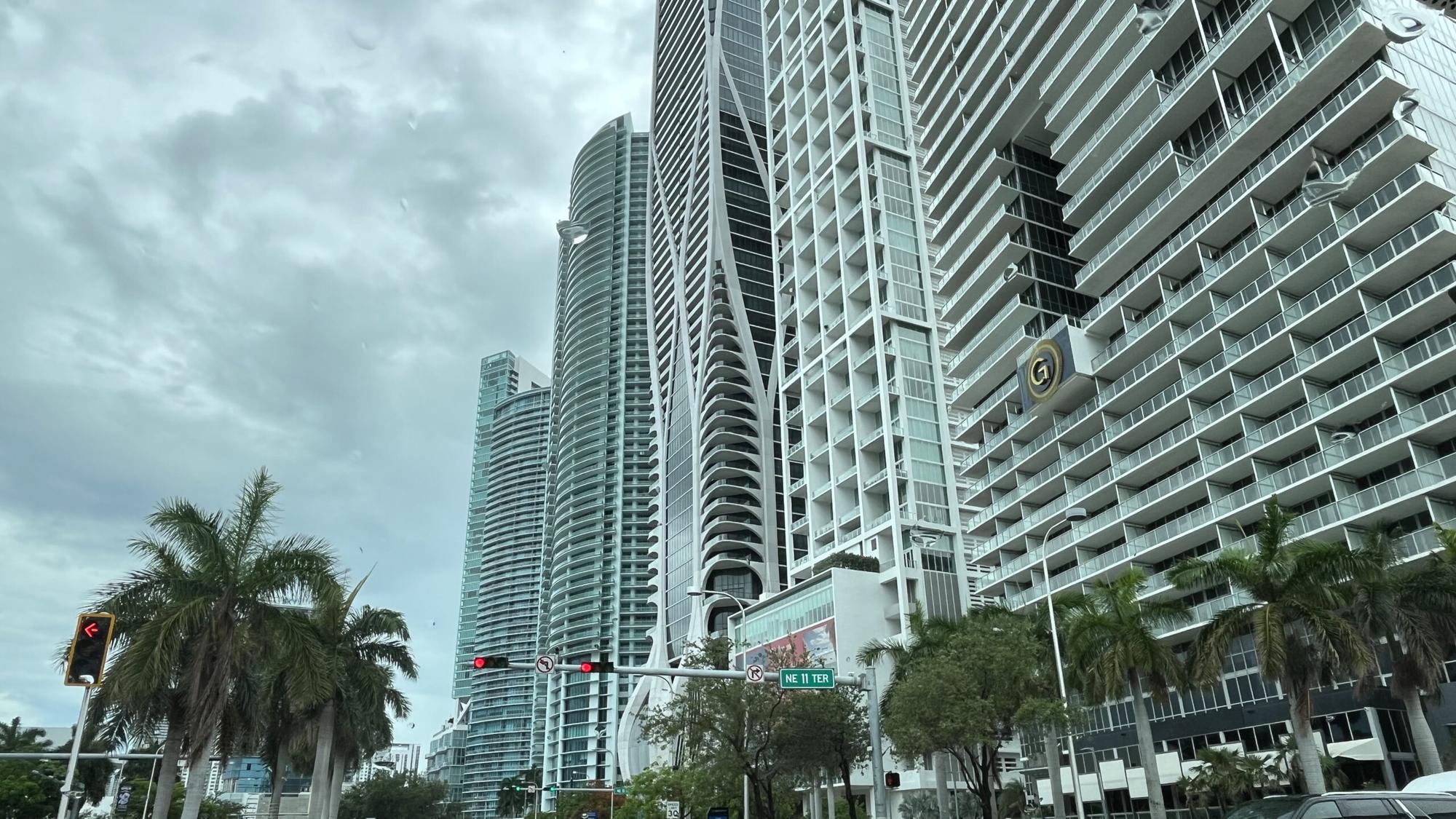
Since New York legalized recreational marijuana in 2021, the state has made headway in building a regulated cannabis market while facing significant obstacles along the way. Although the initial vision for a socially equitable and thriving cannabis industry remains intact, the rollout has experienced numerous growing pains, leaving both entrepreneurs and consumers in a state of uncertainty.
One of the key successes of New York’s cannabis legislation has been its emphasis on social justice. The state has made notable strides in addressing the harms caused by years of prohibition, expunging or sealing more than 300,000 cannabis-related criminal records, with thousands more set to be cleared. New York has also issued over 1,300 adult-use business licenses, with more than half awarded to individuals from communities disproportionately affected by prior drug policies.
Moreover, the state’s cannabis market is on track for substantial economic growth. Forecasts indicate that marijuana sales could reach $1 billion by the end of 2024. These figures suggest that the market, though slow to start, is gaining momentum. Most consumers are now buying their cannabis from licensed dispensaries, and retail outlets are steadily opening across the state.
However, the road to building this industry has been far from smooth. The rollout of legal dispensaries has lagged, hampered by bureaucratic red tape, zoning restrictions, and local opposition. As of late 2023, the number of operational dispensaries was still well below expectations, with only a handful available in New York City—a city home to millions of potential customers. The lack of accessible, legal retail options has driven many consumers to turn to the thriving illicit market, undermining the goals of legalization.
In fact, the proliferation of illegal dispensaries has been one of the state’s biggest challenges. Without sufficient legal storefronts, consumers often rely on unlicensed operators, many of whom are selling products of questionable quality. Law enforcement agencies have struggled to curtail the vast underground market, and efforts to crack down on illicit businesses have been slow and piecemeal.
These delays and setbacks have been particularly frustrating for minority-owned businesses, which were promised a fair chance to enter the legal cannabis industry. High licensing fees and complex regulatory requirements have posed additional barriers for entrepreneurs from marginalized communities. For many, the financial burden of starting a legal cannabis business remains prohibitively high, raising concerns that the industry may ultimately favor wealthier, more established players.
Despite these hurdles, New York’s cannabis market continues to evolve. The state is making efforts to streamline its licensing process, expand legal retail options, and clamp down on illegal dispensaries. There is cautious optimism that, with time, New York will fulfill its goal of creating a socially equitable and economically viable cannabis industry.
Looking forward, the success of the legalization effort will depend on addressing the lingering disparities between the legal and illicit markets. Expanding access to legal cannabis, providing more support for small and minority-owned businesses, and ensuring product safety are all critical to ensuring that New York’s cannabis experiment lives up to its initial promise.

